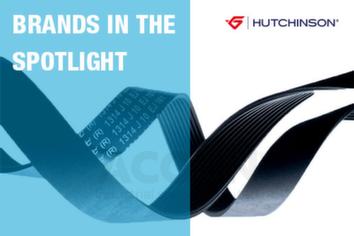- $USD
- SALES TEL: +44 (0)1709 789 933
- Contact us
- Services
- Log in
As authorised distributors for manufacturers including; RENOLD, PROTORQUE, SKF, TSUBAKI and REXNORD, we offer a broad range of industrial chain types and pitches in both British (BS-ISO) and American (ANSI) standards. Our industrial chains are designed to meet the special requirements of modern production processes optimally.




Industrial chain is one of the most commonly used drive components. But what are the advantages of using industrial chains as your power transmission drive?
Industrial chain is very robust. It is very unlikely to snap during operation, and with the correct maintenance can last for years.
Chain has a very high level of efficiency due to the toothed sprockets that grip the chain. This means that there cannot be any slippage, keeping efficiency levels high.
Maintenance free industrial chains are available for use in areas which are difficult to access. This can prolong the life of the chain, as well as improving worker safety.
Attachments such as buckets are available for conveying material.
Chain applications tend to be relatively low speeds and higher torques in comparison to industrial belts. These include applications such as:
At ACORN industrial services, our offerings extending beyond just industrial chains. We are committed to providing other power transmission products to meet your industrial needs:



Industrial chains can be identified by taking appropriate measurements and understanding the specific task the chain will perform. There are videos available that provide detailed instructions on how to identify industrial chains
Heavy-duty chains are typically made from high-strength materials, such as alloy steel or carbon steel. The manufacturing process involves precise forging, where the metal is shaped under high pressure to enhance its strength. The quality of the steel rod used in the chain is critical.
Heavy-duty chains are used in various sectors and industries. They are indispensable for lifting heavy loads, securing equipment, and ensuring the safe operation of machinery. They find applications in construction and rigging, industrial manufacturing, maritime and offshore operations, and agriculture and farming. Likewise, they are also commonly used to secure high-value assets such as motorbikes, boats, caravans, and property.
The main difference between the two drives is that a chain drive is powered by a chain loop, while a belt drive is powered by a belt. Chain drives are made of metal, which makes them more durable and stronger compared to a belt. Chain drives can handle more power and are more efficient than belt drives.
On the other hand, belt drives use friction and can handle high speeds smoothly. They are also a flexible member, meaning they slip or break during overload, safeguarding the machine